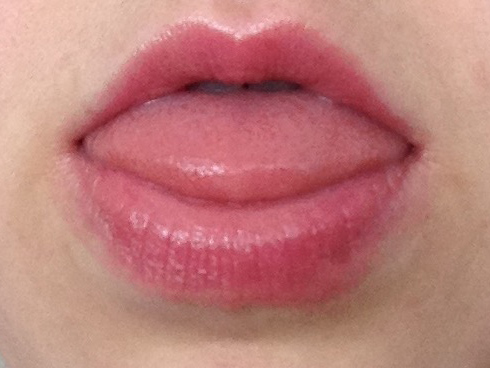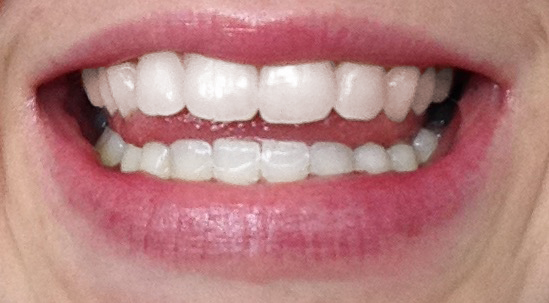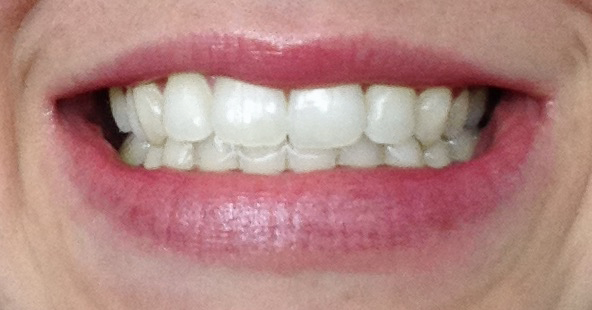Isn’t her lisp adorable? She’ll outgrow it, right?
A lisp is often referred to as cute until a certain age when a parent begins to question if this should really still be happening. How does a parent really know when a lisp should disappear? The following information will help you identify what a lisp is, and when therapy is indicated.

What is a lisp?
A “lisp” refers to a person’s inability to correctly pronounce /s/ and /z/ sounds because of the incorrect placement of the tongue in the speaker’s mouth. The tongue may be sticking out between the front teeth producing a sound like “th” such as “thoup” instead of “soup”, or the sides of the tongue may not be high enough or tense enough in the mouth resulting in a slushy sound. Poor placement of the tongue results in these sound distortions and thus, articulation errors.
What are the types of lisps?
There are two different types of lisps.
Interdental (frontal) lisp

The interdental (frontal) lisp is the most common and refers to when the tongue sticks out between the front teeth. This error affects the pronunciation of /s/ and /z/ making them sound like a “th”.
Lateral lisp

A lateral lisp occurs when air escapes out the sides of the mouth. A lateral tongue often sounds slushy because you can hear a mix of air and saliva. People often think of “Sylvester the Cat” or “Daffy Duck” when hearing a lateral lisp.
Normal tongue and teeth placement (no lisp)

The above image, with teeth together, shows the correct placement of the tongue staying just behind the front teeth, when creating the “s” sound (no lisp).
Will my child outgrow a lisp?
In most cases, a lisp is not developmental in nature, but rather a deviation in tongue placement at rest or during speech (and swallowing). What that means is that the majority of children who are lisping when they start to speak do not grow out of it. This is not an absolute rule. There are always exceptions. Indeed, research has documented cases in which children have outgrown a lisp without requiring therapy; however, we are reporting general trends. Generally speaking, if your child is lisping at a young age, they will likely continue to lisp unless they receive therapy or correction for tongue placement.
For most other articulation sounds, a speech-language pathologist will wait for maturation to occur before targeting a sound too early. We want to give the child the chance to develop the sound on their own as they get older and their oral motor muscles become stronger and more dexterous. For example, a 2 year old may use the front of their tongue to say “cookie” – which sounds like “tootie” instead. This is developmentally normal. However, typically by the age of 3, the majority of children are now able to use the back of their tongue and can say “cookie” correctly. We follow the normative data when deciding how long to wait before treating different sound errors.
A lisp is an exception to this rule. The younger we can correct a lisp, the less ingrained that motor pattern is for that child. Older habits are harder to break. Therefore, the younger the child is starting therapy, the easier it is to correct a lisp.
How can I help my child?
Always model correct pronunciation in your own speech. Get down to his or her eye level so that he or she can see what your mouth is doing when you make the sound. If you are noticing that there is no change in your child’s pronunciation, if there is increased frustration, or your child is difficult to understand when communicating, a registered Speech-Language Pathologist can provide the help your child needs to correct his/her lisp.
The great news is that a lisp is a relatively easy articulation error to fix given the visual nature of the error pattern. Your child will be able to “see” the difference between correct production and his/her error. The more feedback the better and easier it is to fix! We can also provide you with a home program which will equip you to practice with your child between our sessions and speed progress dramatically. The quicker a lisp is fixed, the happier everyone is – your child included!
I’m an adult… is it too late to fix my lisp?
No! It is never too late to work on remediating a sound deviation such as a lisp. Although a lisp is considered a relatively minor speech error, many adults feel that a lisp negatively impacts their professional or social life. This in turn can contribute to a decrease in confidence around social communication. Typically the results in therapy are even quicker than that of a child since an adult’s motivation level for improvement is so high. With the help of a speech-language pathologist, an adult can make his/her lisp a thing of the past.
